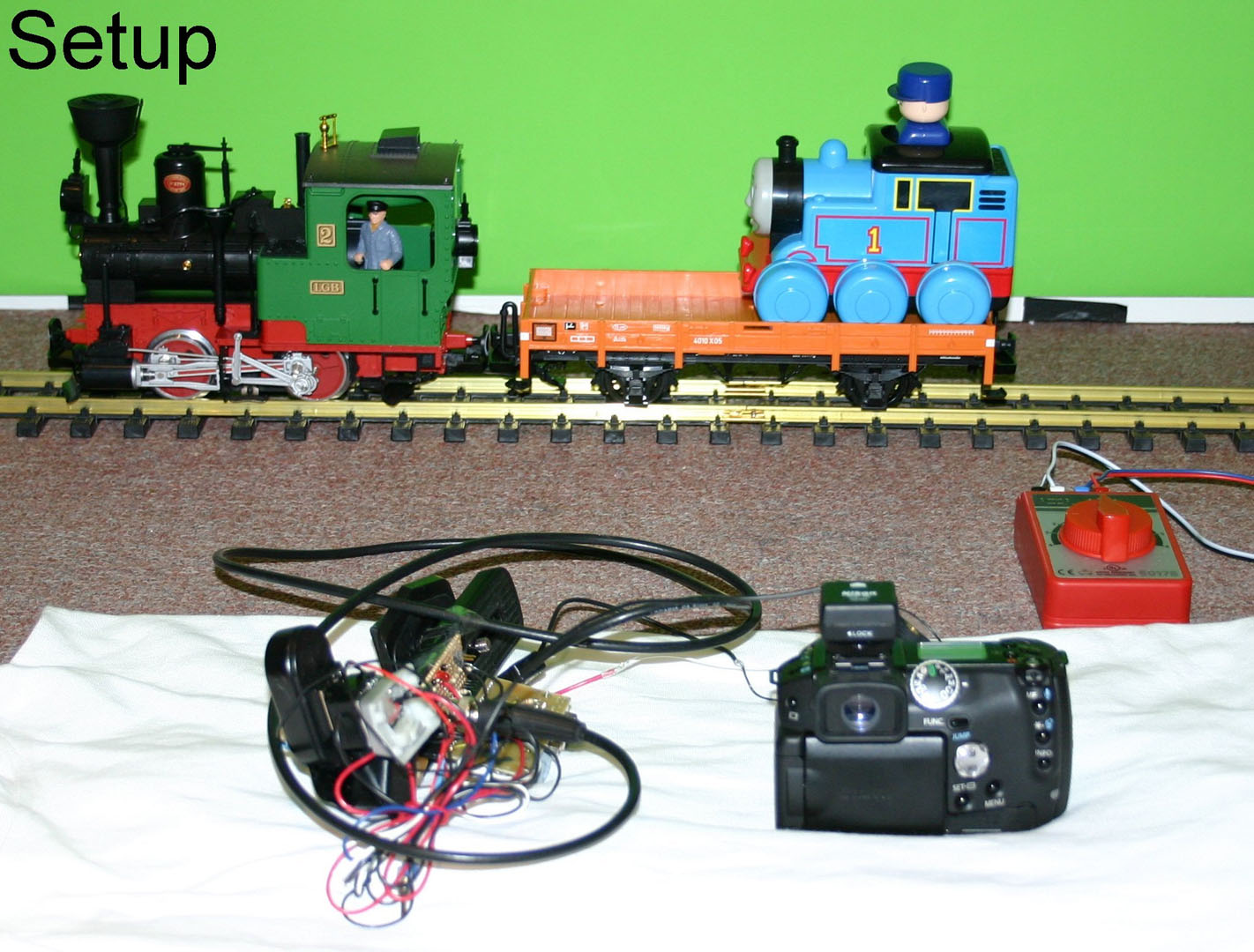“Coded exposure photography: motion deblurring using fluttered shutter” by Raskar, Agrawal and Tumblin
Conference:
Type(s):
Title:
- Coded exposure photography: motion deblurring using fluttered shutter
Presenter(s)/Author(s):
Abstract:
In a conventional single-exposure photograph, moving objects or moving cameras cause motion blur. The exposure time defines a temporal box filter that smears the moving object across the image by convolution. This box filter destroys important high-frequency spatial details so that deblurring via deconvolution becomes an ill-posed problem.Rather than leaving the shutter open for the entire exposure duration, we “flutter” the camera’s shutter open and closed during the chosen exposure time with a binary pseudo-random sequence. The flutter changes the box filter to a broad-band filter that preserves high-frequency spatial details in the blurred image and the corresponding deconvolution becomes a well-posed problem. We demonstrate that manually-specified point spread functions are sufficient for several challenging cases of motion-blur removal including extremely large motions, textured backgrounds and partial occluders.
References:
1. Bascle, B., Blake, A., and Zisserman, A. 1996. Motion deblurring and super-resolution from an image sequence. In ECCV, vol. 2, 573–582. Google ScholarDigital Library
2. Ben-Ezra, M., and Nayar, S. 2004. Motion-based Motion Deblurring. IEEE Trans. on Pattern Analysis and Machine Intelligence 26, 6 (Jun), 689–698. Google ScholarDigital Library
3. Black, M. J., and Anandan, P. 1996. The robust estimation of multiple motions: Parametric and piecewise-smooth flow fields. In Computer Vision and Image Understanding (CVIU), vol. 63, 75–104. Google ScholarDigital Library
4. Canon, 2006. What is optical image stabilizer? http://www.canon.com/bctv/faq/optis.html.Google Scholar
5. Edgerton, H., 1951-1963. Rapatronic Photographs. http://simplethinking.com/home/rapatronic_photographs.htm.Google Scholar
6. Gottesman, S. R., and Fenimore, E. E. 1989. New family of binary arrays for coded aperture imaging. Applied Optics 28, 20 (Oct), 4344–4352.Google ScholarCross Ref
7. Hadamard, J. 1923. Lectures on the Cauchy Problem in Linear Partial Differential Equations. Yale University Press, New Haven, CT.Google Scholar
8. Jansson, P. 1997. Deconvolution of Image and Spectra, 2nd ed. Academic Press. Google ScholarDigital Library
9. Jia, J., Sun, J., Tang, C.-K., and Shum, H.-Y. 2004. Bayesian correction of image intensity with spatial consideration. In ECCV, vol. 3, 342–354.Google Scholar
10. Kundur, D., and Hatzinakos, D. 1998. A novel blind deconvolution scheme for image restoration using recursive filtering. IEEE Trans. on Signal Processing 46, 2 (Feb), 375–39. Google ScholarDigital Library
11. Liu, X., and Gamal, A. 2001. Simultaneous image formation and motion blur restoration via multiple capture. In Proc. Int. Conf. Acoustics, Speech, Signal Processing. Google ScholarDigital Library
12. Lucy, L. 1974. An iterative technique for the rectification of observed distributions. Journal of Astronomy 79, 745–754.Google ScholarCross Ref
13. Nikon, 2005. Precise camera-shake compensation at every angle. www.nikon.co.jp/main/eng/portfolio/about/technology/nikon_technology/vr_e.Google Scholar
14. Pointgrey Research, 2006. PGR IEEE-1394 Digital Camera Register Reference. http://www.ptgrey.com.Google Scholar
15. Rat, 2006. Coded-exposure datasets. http://www.merl.com/people/raskar/deblur/.Google Scholar
16. Richardson, W. 1972. Bayesian-based iterative method of image restoration. J. Opt. Soc. of Am. 62, 1 (January), 55–59.Google ScholarCross Ref
17. Schultz, R. R., and Stevenson, R. L. 1996. Extraction of high-resolution frames from video sequences. In IEEE Trans. on Image Processing, vol. 5, IEEE, 996–1011. Google ScholarDigital Library
18. Shechtman, E., Caspi, Y., and Irani, M. 2002. Increasing space-time resolution in video. In ECCV, Springer-Verlag, London, UK, 753–768. Google ScholarDigital Library
19. Tikhonov, A. N., and Arsenin, V. I. 1977. Solutions of ill-posed problems {Metody resheniia nekorrektnykh zadach}. Halsted Press, New York.Google Scholar
20. Trevor J. Cox, P. D. 2003. Engineering art: the science of concert hall acoustics. Interdisciplinary Science Reviews 28, 2, 119–129.Google ScholarCross Ref
21. Tull, D. T., and Katsaggelos, A. K. 1996. Iterative restoration of fast-moving objects in dynamic image sequences. Optical Engineering 35, 12 (Dec), 3460–3469.Google ScholarCross Ref
22. Wang, J., and Adelson, E. 1994. Representing moving images with layers. IEEE Trans. Image Processing 3, 5 (Sept), 625–638.Google ScholarDigital Library
23. Wilburn, B., Joshi, N., Vaish, V., Talvala, E.-V., Antunez, E., Barth, A., Adams, A., Horowitz, M., and Levoy, M. 2005. High performance imaging using large camera arrays. ACM Trans. Graph. 24, 3, 765–776. Google ScholarDigital Library
24. Yitzhaky, Y., Mor, I., Lantzman, A., and Kopeika, N. 1998. Direct method for restoration of motion-blurred images. J. Optical Society of America A (Optics, Image Science and Vision) 15, 6 (June), 1512–1519.Google Scholar




